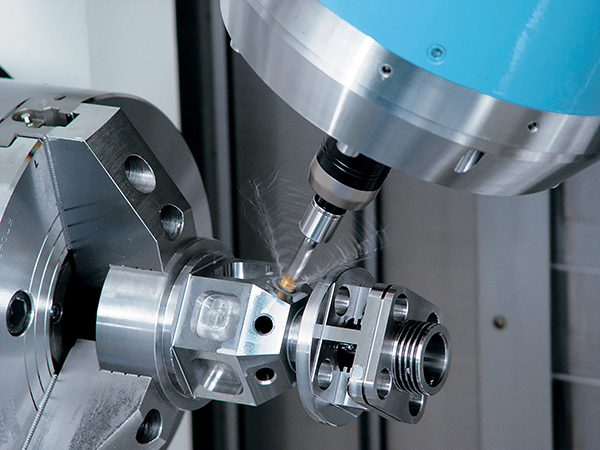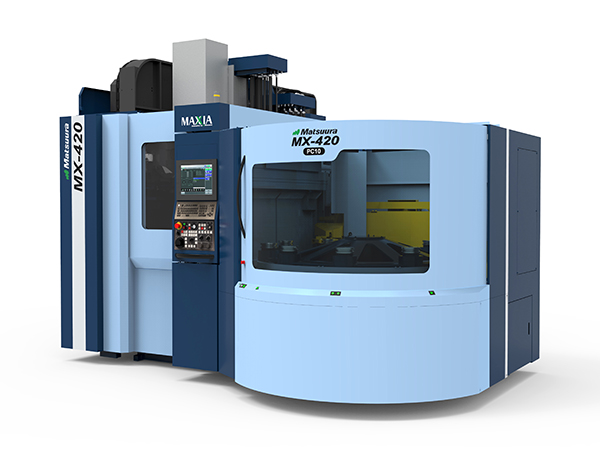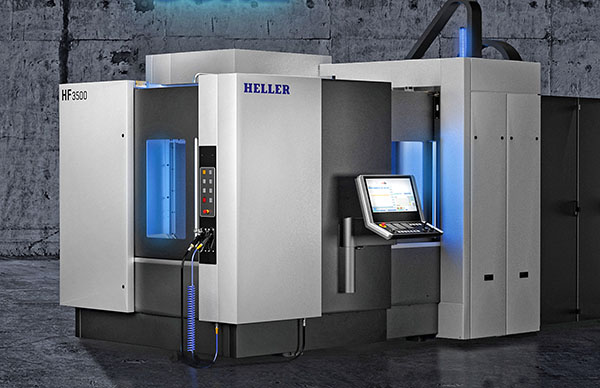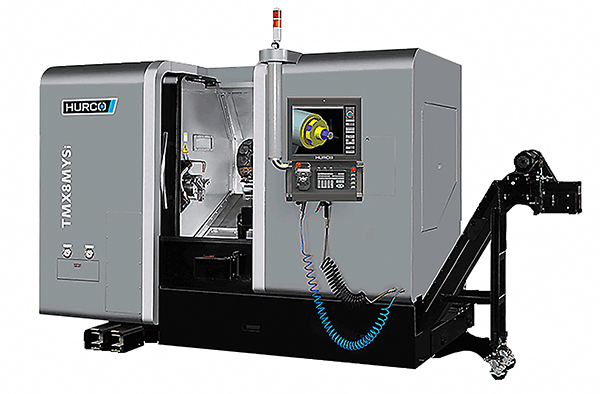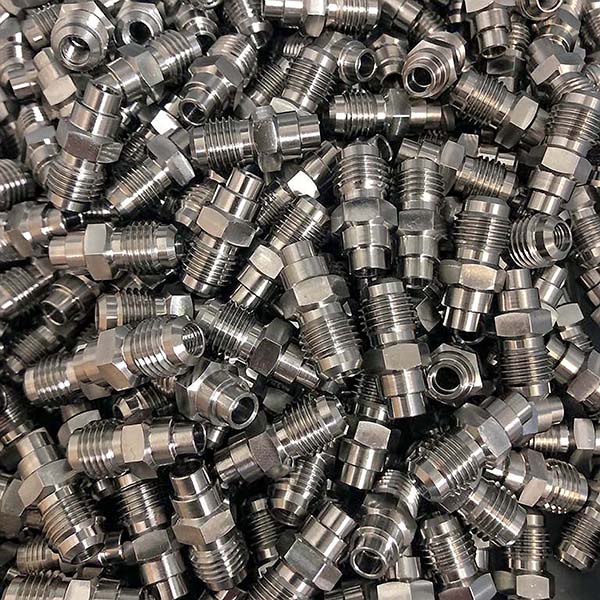
Stellar Precision Components is boosting capacity at its Bishop’s Stortford facility through investment in a Cincom L20-VIIILFV from Citizen Machinery. The machine joins two existing Cincom models on site, an L32-VIIILFV and
an A20-VII.
Glenn Poleykett began his career in manufacturing in 2006 at his uncle’s firm, making components for darts on Cincom sliding-head and Miyano fixed-head mill-turn centres. He quickly realised that sliding-head lathes with driven tooling were capable of producing virtually any part, provided that it was from 32 mm diameter bar or smaller.
Today, much of the subcontractor’s throughput is destined for the aerospace, medical, electrical connector and pneumatics industries. Batch sizes range from 10 to 40,000 parts and the factory operates 24/7, with two manned shifts per day and three hours of lights-out operation during the early hours of the morning. Operator attendance is necessary for a majority of the time as many of the components that the subcontractor produces are of very high accuracy, from a general tolerance of ±0.1 mm, down to ±5 µm.
The new L20-VIIILFV has Citizen LFV (low-frequency vibration) chip-breaking functionality on both the main and sub spindle, whereas on earlier models it features only on the main spindle.
“LFV is programmable via G-codes to start and stop during any program, breaking what would normally be stringy swarf into smaller chips that cannot wrap around the tool or component,” explains managing director Poleykett.
When turning and drilling 304 or 316 stainless, aluminium, copper or plastic, Poleykett always switches on the LFV function for at least part of the cycle as it has the effect of improving production output through not having to stop the machine for swarf clearance.
For further information
www.citizenmachinery.co.uk







